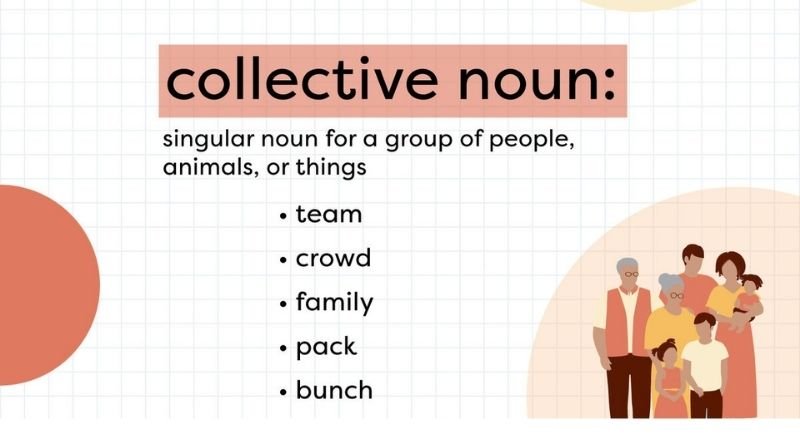Underutilized Digital Marketing Tactics Trending in 2025
Digital marketing continues to evolve at lightning speed, and staying ahead of the curve is essential—especially for small business owners, digital marketers, and SEO experts. While many focus on tried-and-true strategies like social media ads or email marketing, there’s a world of innovative tactics that often go overlooked. These emerging approaches could give you the edge you’re looking for in 2025.
If you’re ready to step away from the oversaturated and lean into modern, underutilized techniques, this is your guide. Below are seven trending digital marketing tactics that deserve your attention right now and practical advice on how to execute them.
1. Advanced Podcast Advertising
Podcasts have exploded in popularity, and so has advertising within them. However, according to a leading internet marketing agency — while big brands dominate popular shows, there’s a golden opportunity in targeting niche podcasts. Smaller shows can help you connect with highly engaged audiences in specific verticals.
How to Execute:
- Identify niche podcasts in your industry using platforms like Listen Notes or Chartable.
- Run dynamic ads that adapt to the podcast’s tone or audience interests. Dynamic ad insertion technology allows you to tailor the placement based on time or listener demographics.
- Collaborate with hosts to create native ad reads. These personal endorsements tend to feel authentic and resonate more with listeners.
Example: A fitness studio could partner with a health-focused podcast like The Fitcast to advertise a new online training program. The host could talk about their personal experience using the service, making the ad feel genuine and engaging.
2. Interactive Content Experiences
Interactive content turns passive consumers into active participants. Whether it’s quizzes, calculators, or virtual try-ons, engaging experiences often drive more conversions by immersing users instead of “talking at them.”
How to Execute:
- Use tools like Outgrow or Typeform to create customizable quizzes or assessments tailored to your audience.
- Create visual journeys, such as clickable infographics that tell a story or guide users to solutions.
- Incorporate augmented reality (AR) tools for product visualization. For instance, if you sell furniture, allow users to see how a sofa would look in their living room via their phone’s camera.
Example: A cosmetics brand could implement a “Find Your Perfect Shade” quiz with real-time product recommendations based on skin tone and preferences.
3. Voice Search Optimization (VSO)
With the rise of AI-powered voice assistants like Alexa, Siri, and Google Assistant, voice search is reshaping SEO. Studies by Thrive SEO Agency predict that nearly 50% of online searches could be voice-based by the end of 2025. Yet, it’s a space many marketers neglect.
How to Execute:
- Focus on conversational keywords and phrases people might speak, such as questions (“What’s the best Italian restaurant nearby?”).
- Ensure your website is mobile-friendly because voice search often takes place on mobile devices.
- Use structured data schema to create featured snippets that voice search devices often read aloud as answers.
Example: A restaurant could optimize phrases such as “best organic food near me” or “where to find vegan brunch spots” and secure a place in local searches via Google My Business.
4. Micro-Content for Short-Form Platforms
Short-form platforms like TikTok, Instagram Reels, and YouTube Shorts continue to dominate, thanks to shrinking attention spans. However, the key is producing micro-content that’s digestible and packed with value in 15-60 seconds.
How to Execute:
- Develop behind-the-scenes content or storytelling clips that highlight your brand’s personality.
- Use bold hooks in the first 3 seconds to grab users’ attention and keep them engaged.
- Repurpose existing content into shorter snippets optimized for each platform’s unique audience. Tools like Kapwing can make this task easier.
Example: A bakery could create a 30-second time-lapse showing how its signature cupcakes are made, culminating in the finished product being beautifully frosted.
5. Hyper-Local Marketing with Geofencing
Geofencing involves targeting smartphone users with highly specific ads based on their real-time location. This tactic works exceptionally well for brick-and-mortar businesses looking to grab local traffic.
How to Execute:
- Use platforms like Google Ads or Facebook Ads Manager to set virtual perimeters around high-traffic areas such as malls, stadiums, or competitor stores.
- Deliver incentivized offers, such as an exclusive discount for users close to your location.
- Combine geofencing with mobile notifications for instant calls-to-action.
Example: A coffee shop could geofence its competitors’ locations and send nearby users a notification offering “Buy 1, Get 1 Free lattes—just 500 yards away!”
6. Collaborations with Micro-Influencers
Influencer marketing is no longer reserved for big celebrities. According to a top social media marketing agency — micro-influencers (5,000–50,000 followers) often build stronger, more authentic connections with niche audience segments compared to their massive counterparts.
How to Execute:
- Research influencers that align with your target audience using influencer marketplaces like Aspire or Heepsy.
- Offer long-term partnerships, which are more effective than one-off posts. Relationships build trust.
- Ask them to provide honest testimonials or walkthroughs in their content rather than polished promos.
Example: A sustainable fashion brand could collaborate with micro-influencers in the eco-conscious space to showcase how its products fit into their everyday lives.
7. Search Intent Targeting for Niche Audiences
While traditional SEO keywords focus on traffic, search intent targeting aligns with user motivations—what they want and when they want it. This approach demands going deeper into buyer intent and crafting content to match every stage of the decision-making process.
How to Execute:
- Map keywords to purchase cycle stages (e.g., “how to choose running shoes” for researchers or “best trail running shoes 2025” for ready-to-buy users).
- Focus on content optimization, ensuring your pages address specific user questions and pain points.
- Create comparison pages that provide value for shoppers weighing options.
Example: A tech company could write a “top project management tools” blog for buyers in the research phase, ensuring its product is one of the options listed.
Summing Up
While many digital marketers continue to stick with traditional avenues, adopting these emerging trends can set you apart in 2025. Experimenting with podcasts, enhancing local advertising, and leveraging micro-influencers are just the start of what’s possible. The key to success is taking a proactive, innovative approach to strategy by staying on top of customer behavior and shifting technology.
Remember, failing to act on trends is the biggest missed opportunity. Try implementing one of these tactics today, and start creating a digital marketing plan that prepares your business or brand for tomorrow’s challenges.









